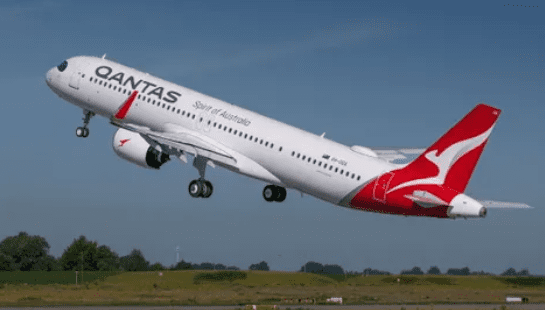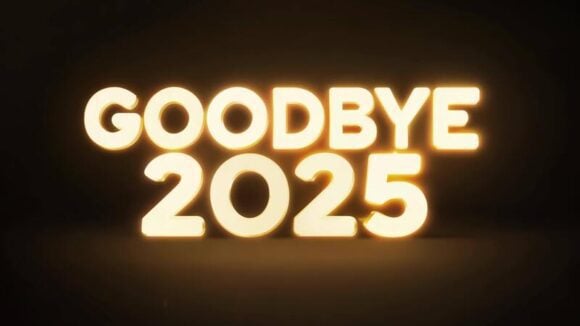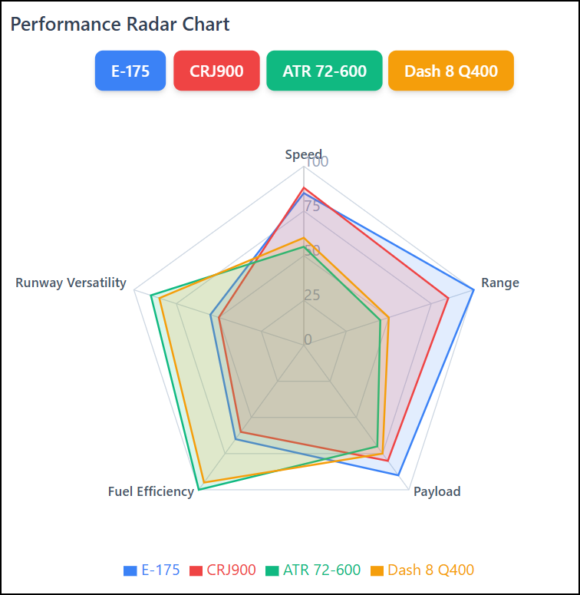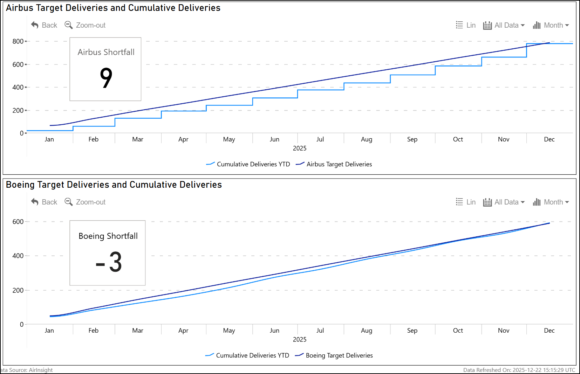
Qantas xlr
Qantas reported its second-best profit, with business traffic being a key driver of the result. Net profit of A$2.39 billion in the 2025 financial year is up 15% over last year, and in line with analysts’ consensus. The result is close to the A$2.47 billion record in 2023.
The excellent results come as welcome news after the illegal firing of 1,800 employees. The High Court penalty is the largest ever in Australian business history under the Fair Work Act. CEO Vanessa Hudson said the airline had taken lessons away from the illegal outsourcing and was “changing Qantas for the better”. “I won’t for a second pretend that the job is done. Far from it, but the culture at Qantas has changed. It is changing and it will continue to change,” she added. “And for me, the most important proof point of that is what I hear from our customers, and it is what I hear from our people who are telling me they are seeing and that they are feeling the difference.”
The financial results illustrate a robust recovery trajectory post-COVID-19, with a focus on enhancing customer experiences, including improved on-time performance and in-flight services, which are vital for sustaining customer loyalty and attracting frequent flyers. Since a significant portion of the airline’s services involve the longest flights, a focus on service is crucial.
Fleet Changes
Qantas successfully maintained cost discipline amid economic uncertainty, resulting in a substantial margin of 17%, up 12% year-on-year. Investment in fleet modernization, including an A$1.4 billion allocation for 16 new fuel-efficient aircraft, is projected to achieve 25-30% unit cost reductions and save A$400 million annually by 2027.
Which is why the announcement of an order for another 20 A321XLRs was well-timed. Of the 20 ordered, 16 will focus on longer flights with lie-flat business class seats. Qantas states, “The extended range of up to 8,700 kilometres is more than 3,000 kilometres further than the Boeing 737 it replaces,” which may not be the whole story. Aging A330s may also be replaced.
The first two of the initially ordered XLRs are now in Australia. Take a look at the airline’s information on the aircraft. There are 20 business class seats shown. The main cabin has 180 seats. The initial batch will be deployed and configured for domestic and short-haul international flights. The 16 with “new configuration” will be deployed for longer stages, exploiting the XLR’s range.
Qantas is another airline looking at the XLR as a sharp tool in the battle to identify and exploit markets. Ideal for opening and testing new markets, the XLR plays a similar role to the 787 did initially. Once a market is proven and traffic rises, service can be upsized to a widebody.
Views: 160




